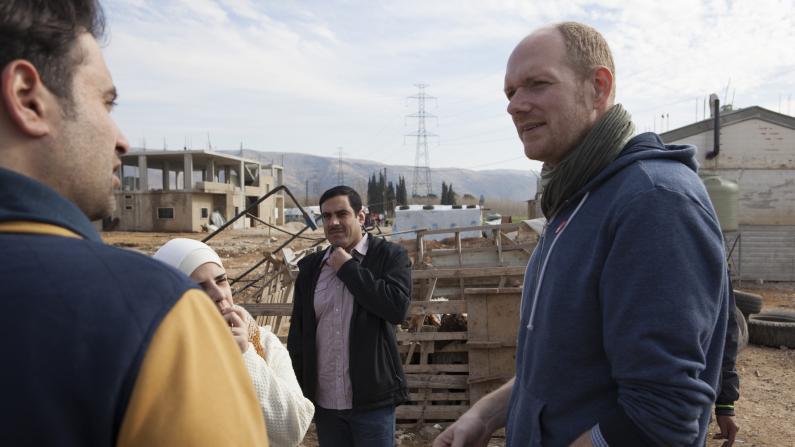Conflict-sensitive Journalism 2021
An indispensable tool for everyday peacebuilding

An indispensable tool for everyday peacebuilding

Societies in conflict are pervaded by widely differing discourses created and advanced by diverse groups of societal actors representing their respective interests. These discourses overlap, compete and spread, both horizontally and vertically, forging fragmented landscapes within which the media construct and journalistically shape conflict narratives. The news, articles, information and models of interpretation they produce colour the perceptions of listeners, viewers, readers and internet audiences. These perceptions in turn influence the course of conflicts, escalating or, in an ideal scenario, de-escalating them and steering them towards peacebuilding. That this is so creates challenges.
To meet these, conflict-sensitive journalism, which is one component in the communication for peace (C4P) toolbox, is seen as a promising instrument of conflict transformation. It aims to trace the causes of violent conflicts, enable previously unheard voices to be heard, and examine previously unnamed or overlooked options for approaching conflict transformation, introducing these to the debate.
In the seven-week course, the attributes of conflict-sensitive journalism (CSJ) will be mapped out, and students will see how these interweave with the characteristics of conflicts, their transformation processes, and concepts of peace. Participants will also learn how CSJ can be put into practice in processes of media-related peacebuilding.
Students will:
Participants in the course will be practitioners in the field, journalists and communications specialists, and anyone generally interested in the topic. This means they will come with differing motivations for learning. Some may be interested in finding out how to use the CSJ tool in peace programs. Others will want to use elements of the approach in their own work. Some students may wish to learn how to discern and assess the difference between conflict-escalating and conflict-sensitive journalism in media coverage in general.
Students will be given inputs that introduce them to basics and contextual factors that need to be considered when these concepts are implemented in practice. At the same time, participants will be motivated to develop CSJ elements in practice, with the aim of using them to create a simulated media product.
Participants actively, alone or in group work, examine questions such as “What is a conflict?” and “To what extent can it be transformed?”; “What role do the media generally play in these situations?”; “What does it mean in these scenarios to work journalistically?”; “What exactly is ‘journalistic quality’?” and “How can we deal with conflicts more sensitively in journalism?”. In the interests of making the exercises as practice-oriented as possible, participants will be prompted to think about the challenges and working conditions of journalists in conflict countries, and, where relevant, integrate these considerations into the concepts developed in their own work beyond the online course.
Online Live Sessions: every Tuesday from 20 April to 8 June, 4.00–5.30pm CET/CEST.
Deliverables:
Total expected workload: 4–6 hours per week.